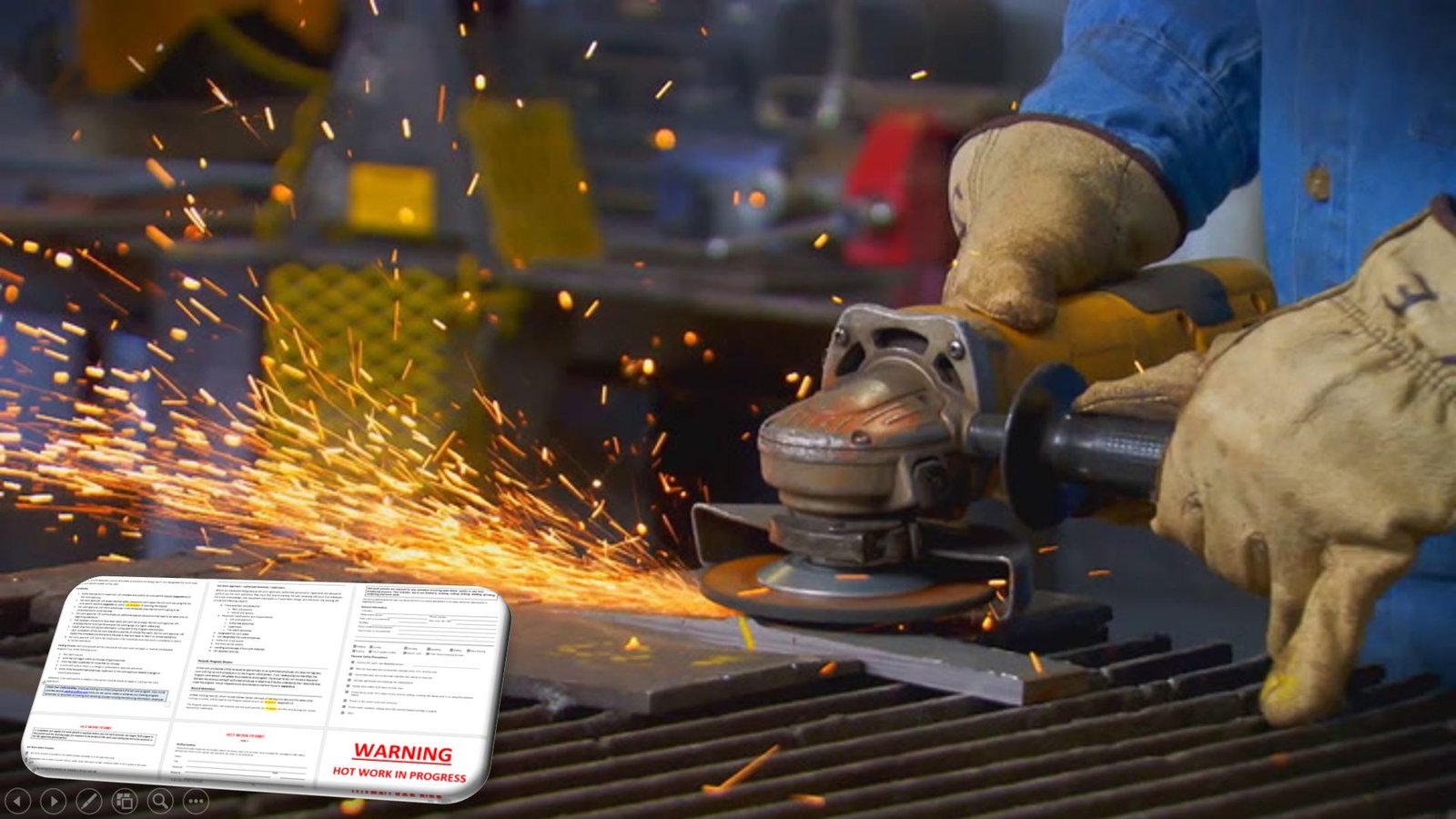Toolbox talks are a quick and easy way to deliver key safety information to workers and provide brief refresher training. They allow you to make safety a regular habit and keep it at the top of everyone’s mind.
But some toolbox talks are better at encouraging safe behavior than others. In this article, I’ll give you six-pointers that will help you deliver toolbox talks that really count.

What Is a Toolbox Talk?
A toolbox talk is a meeting or session with workers in a specific department within an organization. The format for the meeting is an informal group discussion focused on a particular safety issue, normally a hazard present in the work environment.
These meetings provide information to workers and then give them the opportunity to voice their concerns regarding hazards and controls, incidents and accidents, and work processes and company procedures (learn about The Difference Between Incidents and Accidents and What It Means for Your Safety Program).
Toolbox talks are a great way to supplement and complement the training workers receive, but they are not an acceptable replacement for formal safety training.
Although anyone can conduct a toolbox talk, it is always better to have an individual who is an expert on the topic give the talk.
Suggested Toolbox Talk Topics
Toolbox talks can deal with a variety of issues, including:
- Confined Spaces
- Housekeeping
- Lockout/Tagout
- Forklift Safety
- Fire Safety
- Manual Handling
- Workplace Stress
- Hand and Portable Power Tools Safety
- Accident Reporting and Investigation
- Emergency Procedures
(download Tool Box Topics form here )
Why Are Toolbox Talks Important?
According to the Centre for Protection for Workers’ Rights, toolbox talks are a crucial part of any company’s safety management system because they:
- Allow employers and workers to explore the specific risks and consider ways to deal with them
- Promote worker engagement
- Help support a planned series of site observations
- Encourage everyone to think of health and safety as their responsibility
(Find out: regular safety meetings 6 ways keep employees safe and decrease incidents )
Planning the Toolbox Talk
Here are six elements you should consider whenever you’re planning a toolbox talk.
1. The Agenda
Know your topic and plan your agenda a few days before the meeting. That way, you will be well prepared and able to lead a productive discussion afterward.
Additionally, when planning your agenda, prepare hand-out literature and make sure you have the actual tools or equipment you’re discussing on hand. Using the right materials will help you get your point across.
2. The Topic
Be sure to choose a relevant topic. Stick to safety issues the workers you’re meeting with currently facing or might face in an upcoming job task.
Before selecting a topic, review recent accidents or incidents, safety violations, and the upcoming work schedule to identify the topics that are most pressing.
3. The Format
Always start your toolbox talks with a positive note, by promoting teamwork, and by reminding everyone that the talk is meant to provide valuable and actionable information.
There are many different approaches to giving toolbox talks. Here are a few you can consider:
- Interactive – Using a question and answer format
- Problem-posing – Presenting specific safety problems or concerns and asking for input or solutions
- Storytelling – Telling a story can help workers understanding the seriousness of the hazards they face and the importance of control measures and procedures
- Demonstrations – Seeing a demonstration or taking part in a hands-on activity helps the information stick
- Peer Delivered – Workers often pay more attention when their respected and trusted co-workers deliver the information
- Hand-outs – Hand-outs provides a summary of the key points, often with illustrations; workers can keep them and consult them as needed
- Online – Online toolbox talks can be viewed at each worker’s convenience and ensure that no worker misses out on the session because they were absent on the day it was delivered
4. Giving the Toolbox Talk
Keep the toolbox talk informal. If you are referring to written materials, try to give the presentation in your own words.
- Begin by welcoming your workers
- Limit the length of your presentation (15 minutes with an additional 15 minutes for questions is sufficient)
- Invite your workers to participate by, for example, asking open-ended questions or asking workers how to eliminate or control particular hazards
- Use visual examples, such as the actual equipment, to illustrate your points
- Listen to your employees and find out if further training is needed
- Do a wrap-up to reinforce and highlight important points
- Thank your workers for their interest and enthusiasm
5. The Place and Time
Hold the meeting at your workplace first thing in the morning or immediately after lunch. These are the two periods in the workday where interruptions are least likely and the workplace is relatively quiet.
6. The Follow-up
If the workers identify any issues that need a follow-up, record the details and make sure that the necessary actions are taken.
Toolbox Talks Send a Big Message in Little Time
Effective communication is one of the best ways to prevent accidents, injuries, and illnesses. And effective communication is what toolbox talks are all about. Use these sessions to bring attention to important safety issues, remind workers of procedures and protocols, and highlight hazards that may not be taken seriously enough.




101 thoughts on “Planning Toolbox Talks 6 Things to Consider”